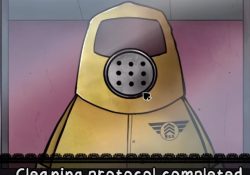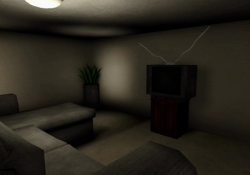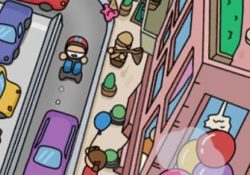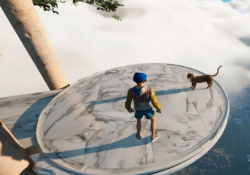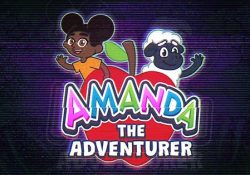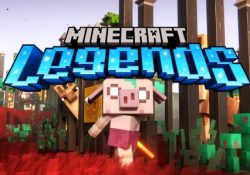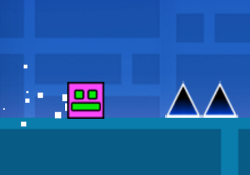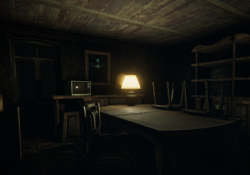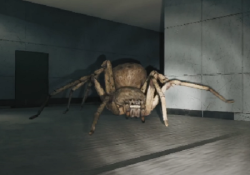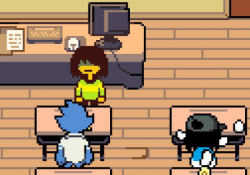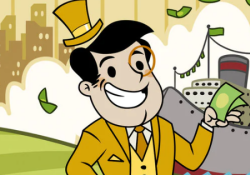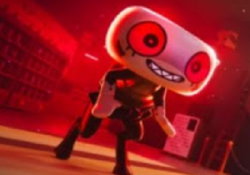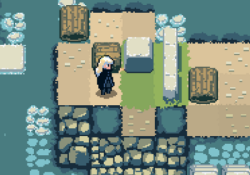Julian & Friends opens with a simple premise: help Julian throw a surprise birthday party for Julia. As the player begins exploring the town, they’re introduced to a variety of strange and whimsical characters that hide much more than they first appear. What begins as a cheerful task soon expands into something far more unpredictable, as Julian’s journey crosses into space, castles, and even surreal dreamlike settings. Despite its cartoon-like appearance, the game builds a subtle psychological tension, challenging players to interpret what is real and what is staged. Through both dialogue and exploration, every interaction pushes the experience in a new direction.
Choices and Their Impact
This title offers players the ability to change how the game unfolds based on codes entered at the beginning. These codes, unlocked through progression or experimentation, can alter everything from minor interactions to entire storylines. Some codes can reveal hidden truths, while others lead to corrupted scenes or disturbing imagery. The game’s interface mimics old-school point-and-click design, but surprises players with modern narrative branching and voice acting. There are no jump scares in the traditional sense, but unease grows with each new scene, shaped by the player’s decisions.
Features That Shape the Experience
- Voice-acted dialogue for every main character
- Branching paths based on input codes
- Ten minigames breaking up the narrative flow
- A variety of surreal locations including space, castles, and ocean voyages
- Multiple endings based on player choices
These mechanics create a sense of control, though outcomes often carry unexpected consequences.
Meeting Familiar Yet Unstable Faces
The characters of Julian & Friends feel like childhood mascots distorted through a psychological lens. Julian is the eager protagonist, always chasing approval and connection. Julia, his wife, remains at the center of the story, though the player soon suspects her role may be more symbolic than literal. Gerald, Darcy, Mr. Write, and Princess Angelica all perform as friendly companions, but small details in dialogue and animation hint at inconsistencies in their world. Each visit to their locations reveals a layer of discomfort under the surface. The Fantastic Frog Choir, for example, starts as a fun diversion but soon takes on unsettling tones.
Despite these hints of distortion, the game retains a structure that invites players to replay and search for hidden pieces. There is no one “true” version of events, only interpretations shaped by which code paths are taken and how deeply players dig into the environment.



